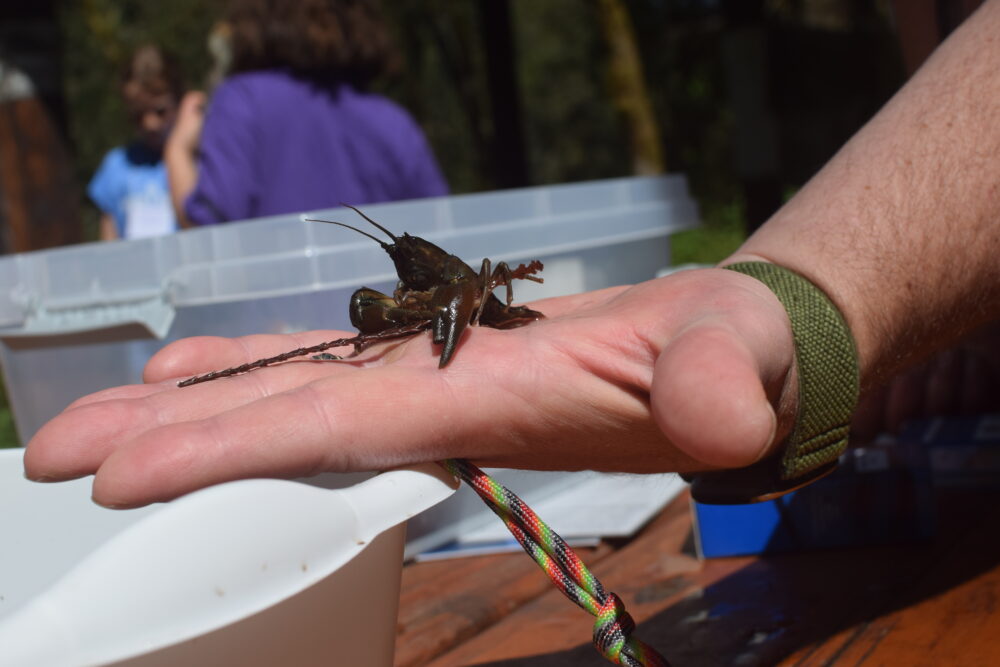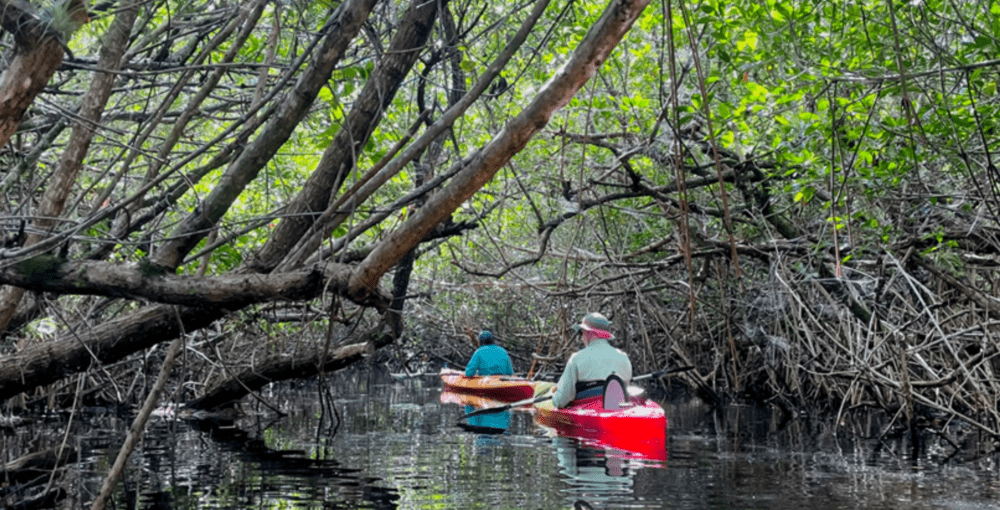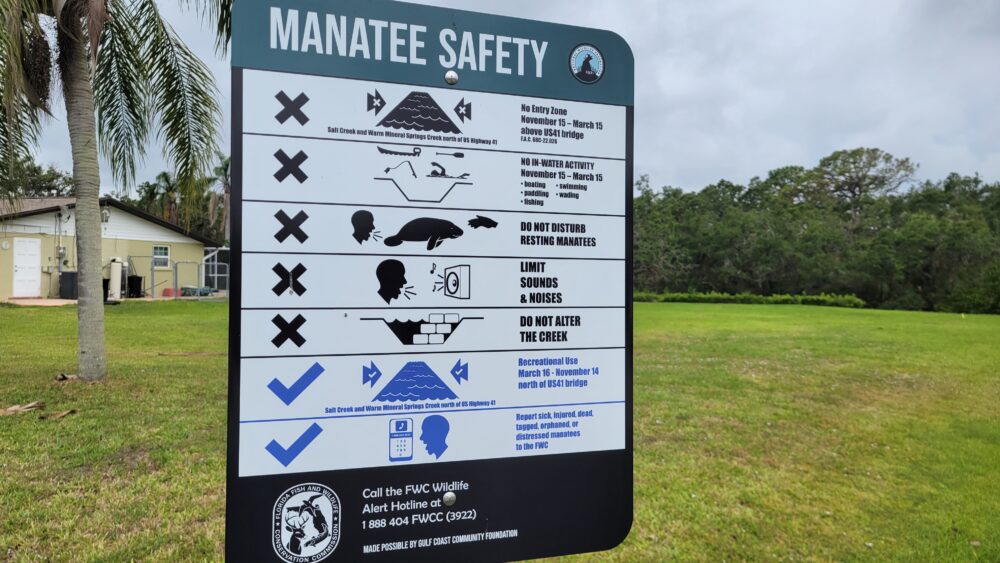We have much more to do and your continued support is needed now more than ever.
LED University encourages bulb-switch on campus
It’s almost a given that any discussion of energy efficiency will, at some point, address light bulbs. CFLs, which use about 25% of the energy required by traditional bulbs, are already mainstream and can save a significant amount of wattage. When the University of Tennessee swapped in CFLs for 1,760 incandescent bulbs in spring 2006, they saved $4,190 and 60 tons of CO2 in a single semester.
However, newer light bulbs are on the horizon that may turn CFLs into old news. (This is great for those of us with clumsy fingers–when I changed to CFLs in my apartment, I accidentally shattered a bulb and had to look up the guidelines for proper disposal of the fragments, which contain very small amounts of mercury. I have never Googled the EPA’s website faster! Rest assured that I have suffered no ill effects, and that these precautions are exactly that: precautions. The mercury in CFLs should not be high on your worry list.)
LED technology has been around for a while in indicator lights and small electronics. However, new white LEDs are being piloted that can emit light on the full spectrum and scale of traditional light bulbs, with even less electricity and wasted heat than CFLs (which are already a massive savings over incandescent). They also have much a longer lifespan, sometimes lasting more than ten years even when running 24/7. Oh, and you won’t need to check HAZMAT disposal guides when you drop a mercury- and lead-free LED.
Universities such as Marquette University, North Carolina State, and the University of Arkansas are getting in on the action by installing these new bulbs in partnership with LED University. For example, N.C. State estimates an energy savings of 66% in a student apartment complex with recessed down-lit LEDs.




















